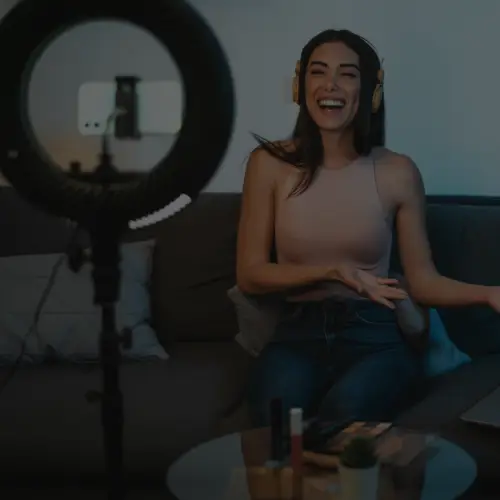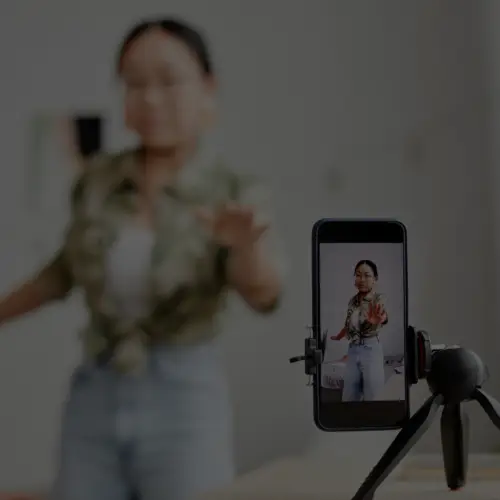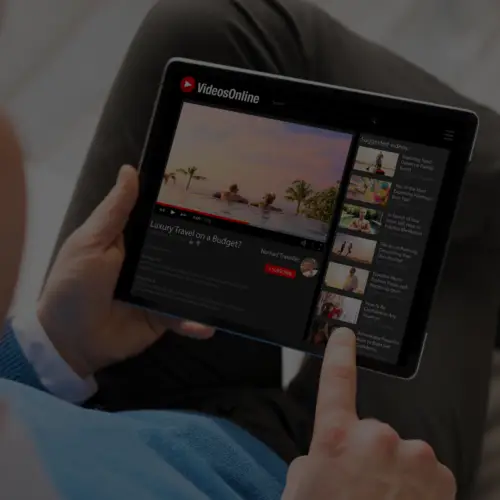24 Nov Search and Social Media Marketing: An Internet Summit 2014 Q&A
I recently sat on a round table at the Internet Summit (#ISUM14) where the topic was “Search & Social” with an emphasis on content marketing and social promotions. I loved discussing our strategies behind social with a group of like-minded professionals including: Scott Gardner – SVP, Digital Marketing at BofA; Melissa Sowry – Social Media, Digital Content & Digital Advertising Global Marketing Manager at Burt’s Bees; and Cara Rousseau – Manager of Digital and Social Media Strategy for Duke University
For those of you that were unable to attend this year’s conference, I thought I’d share my four favorite questions to which I was asked to respond during this session, and my answers to each.
Which social media platforms should brands use and why?
All of them! Not all of them, all the time; your platform approach depends on the brand, brand objectives and where their target demographic is consuming content.
Desktop searches are plateauing
They’re plateauing because users are now more likely to simply consume content where they are (Pinterest, Facebook, Influencer sites, etc.).
At Ignite Social Media, we take a strategic Content Everywhere™ approach to social content marketing. When executing a campaign, we consider where our target demographic is consuming content naturally, what type of content resonates with that audience and how the brand can naturally fit into that conversation. Then we build programs around that knowledge.
How do your SEO and social media programs work together?
For everyone from our community management team, to our influencer relations managers, to our program strategists, to our technical development team, keeps SEO top of mind when developing and executing social programs. We ensure all content is optimized based on the brand’s key word strategy and programs designed to generate content that take that strategy into account.
Couple that with a strategic approach to placing content in all the places your audience might consume it (Content Everywhere™) and you’re able to ensure content is discovered by your target audience wherever they are willing to consume it. Take a moment to Google #PartyReddi and/or #BRIDEnBEYOND. Neither of hashtags existed prior to the launch of the campaigns. Take note of the number of indexed content results you get for each. Now take a moment to click on the images and look at the beautiful influencer generated content produced specifically for these campaigns.
Point being, we continue to prioritize SEO but as search volume plateaus we are also looking at multiple approaches to ensure our content is reaching the right audiences.
How do you measure success in SEO and Social and has this changed over the years?
This is a bit of a loaded question for me, one of which I could spend a lot of time discussing but here’s the shortest way I know how to answer. First, social media marketing is very much like traditional marketing when you look at ROI. Conventionally speaking, if you look at the traditional sales funnel, then we do our best work at the AWARENESS and CONSIDERATION stages as well as pushing for ACTION and ADVOCACY in many stages. However, truthfully, the current social media sales funnel looks a bit more like a fish with non-linear, cross-channel touch points and this is where we really begin to shine.
That said, for our influencer marketing campaigns, we measuring success in a variety of ways including:
- Impressions
- Engagement
- SOV (before and after campaigns)
- Sentiment
- Coupon downloads (when applicable)
But social media measurement and social media ROI is still in its relative infancy. In the future I think we’ll be measuring and putting more of an emphasis on the attention paid to social content. As a matter of fact, Chartbeat has been certified to do just that for other forms of advertising. Think about it this way: A banner ad is viewed for an average of something like 2 seconds. If blog posts are viewed for an average of 2 minutes (I believe the actual average is much higher), that behavior suggests the quality of the content being produced by influencers and hosted on their blogs is exponentially greater and more beneficial to a brand than a traditional banner ad.
What do you think the next big change in SEO or Social will be in the next 12 months?
What I expect to see is companies continuing to jump on the social content marketing band wagon, while those that have been focusing on channel specific social media marketing will become more and more frustrated. Mainly because channel-focused social media marketing is so dependent on channels like Facebook and Twitter, but now the space is fragmenting, forcing brands to divide their attention among multiple social platforms and channels. Either way, you’ll see that as search and social media continue to converge, marketers will be forced to put a large emphasis on the quality of content being produced and getting that content in front of audiences regardless of where the audience chooses to consume it.










